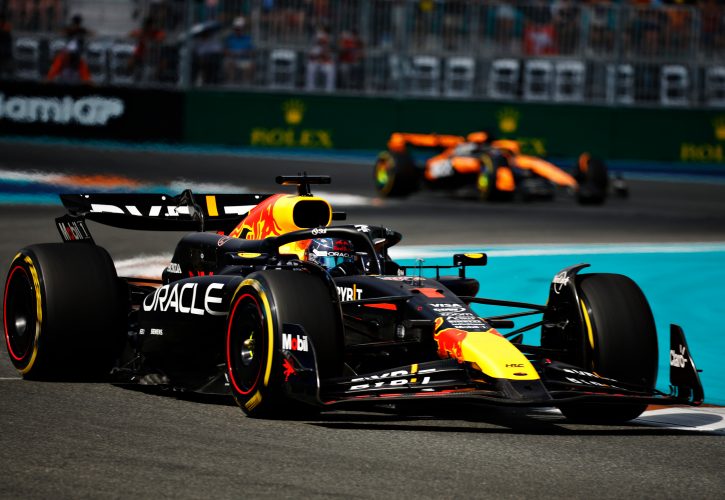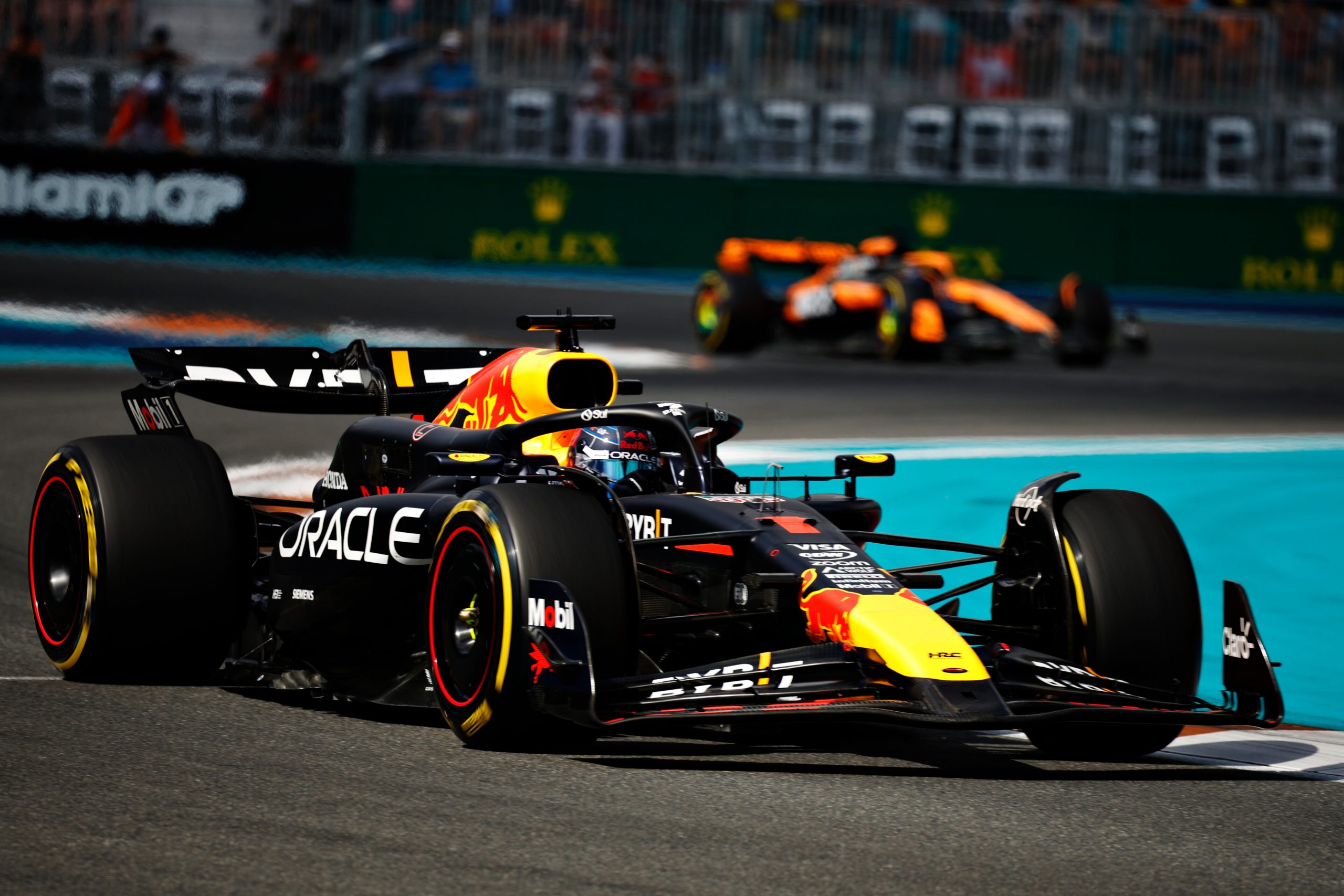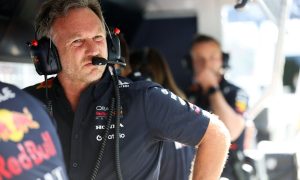
Red Bull has revealed that Max Verstappen's hopes of challenging Lando Norris for the Miami Grand Prix victory were significantly hampered by floor damage detected on his RB20.
Following the safety car restart, Verstappen was unable to maintain the pace of Norris, ultimately allowing the McLaren driver to secure his maiden F1 win.
F1 fans were bracing for another Max-fest afternoon on Sunday, and while the Dutchman was in control of proceedings during his first stint, he was unable to reel in future winner Lando Norris after the event’s Safety Car period.
Verstappen initially attributed his relative underperformance to the same balance issues he had experienced throughout the weekend and to his general discomfort with Pirelli’s hard compound tyres.
However, a post-race inspection of Verstappen's Red Bull uncovered damage to the car's floor, most likely caused by his earlier contact with the chicane kerbs and a bollard incident on lap 22.
Read also:
Red Bull team boss Christian Horner suggested that the previously unknown damage had significantly compromised the RB20’s performance, hindering Verstappen's ability to match Norris's pace and ultimately costing him a potential race win.
“I don't think we had a great balance all weekend,” Horner explained. “Obviously, he hit the bollard around lap 20 and that has actually done quite a lot of damage to the underside of the car, so we will have to look at exactly what the effect of that was.
"It is a reasonable amount of the area around the left rear floor. There is a reasonable amount that's missing and you can see it awfully flexing as well, so it certainly wouldn't be helping."

Verstappen was under the impression that his lack of pace was purely down to his car’s unresolved balance issues.
“I never really felt comfortable the whole weekend with it,” he said. “I think on the medium it was still OK-ish, but on the hard it was quite a disaster.
"I mean, just low grip, just very tricky balance in the low-speed. I couldn't really lean on the rear while in the high-speed I was understeering a lot.
“So when you have these two issues, you cannot also balance it out because you're chasing two different things. So yeah, just driving to the grip that I had and it was not a lot.”
Contrary to Horner’s suggestion, the championship leader did not feel any real impact from his car’s floor damage.
“It didn't feel different, so I don't know,” he said. “Maybe it was already damaged. I don't know. I mean I hit that thing and then my pace was the same so I didn't really know if there was damage.”
But Horner was adamant that Verstappen’s altered floor had induced a performance drop.
“He lost two-and-a-half-tenths in Turn 1 every lap,” he said. “Whether that was because of the damage, when you actually see the pictures of what was missing, it wasn't designed like that."
Keep up to date with all the F1 news via Facebook and Twitter







